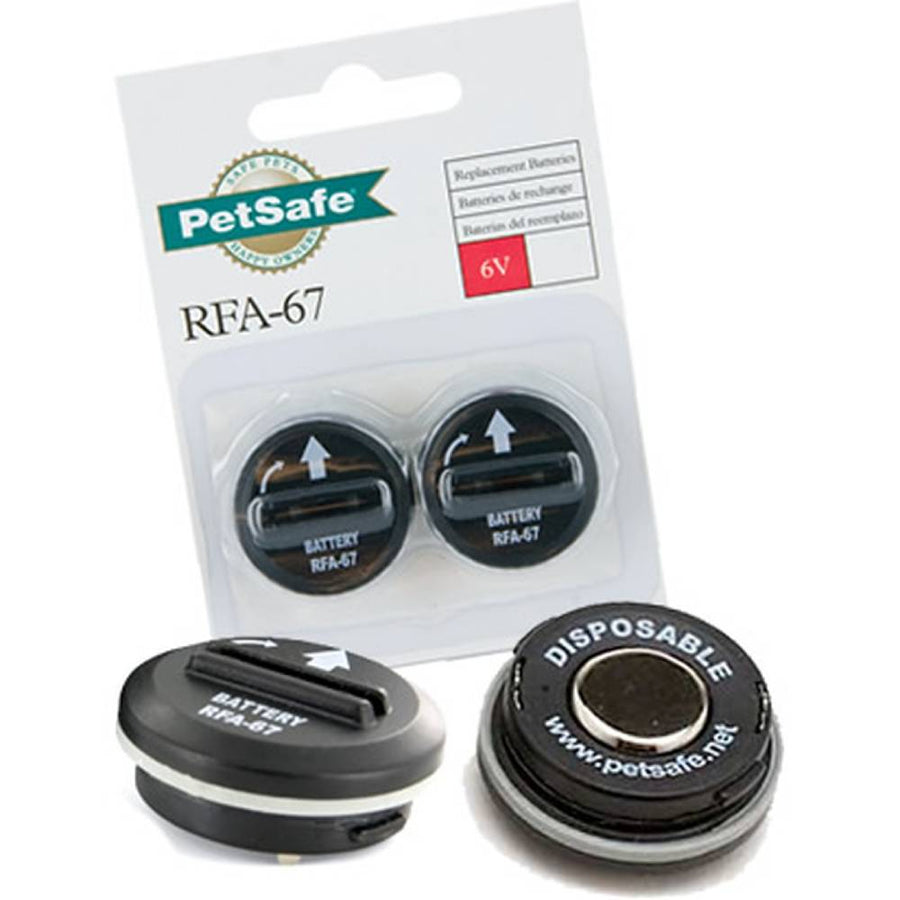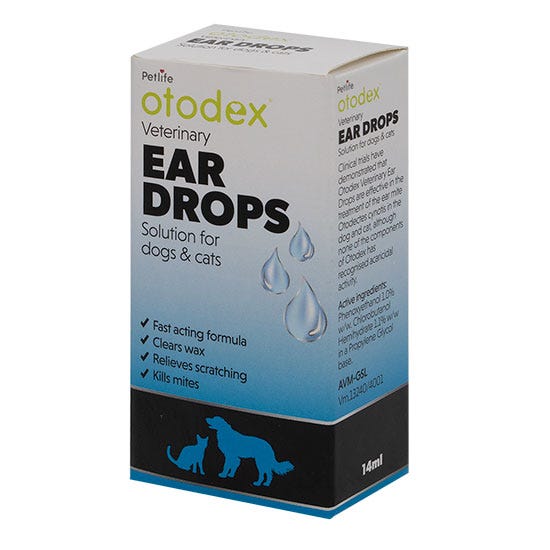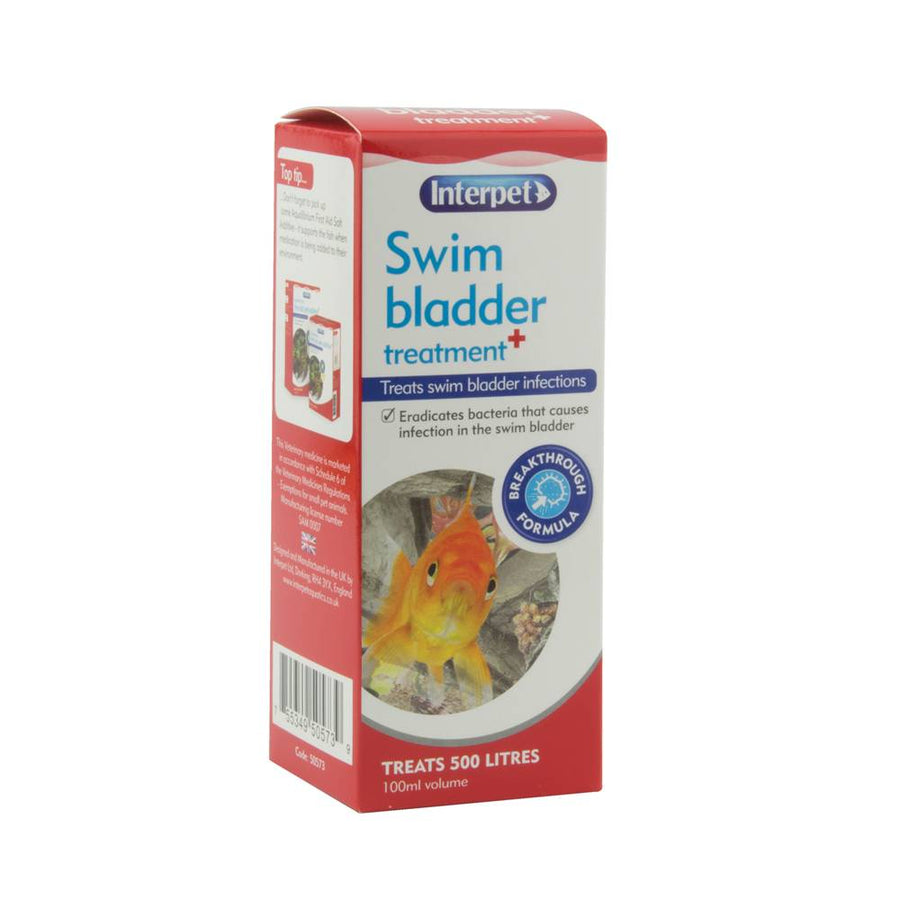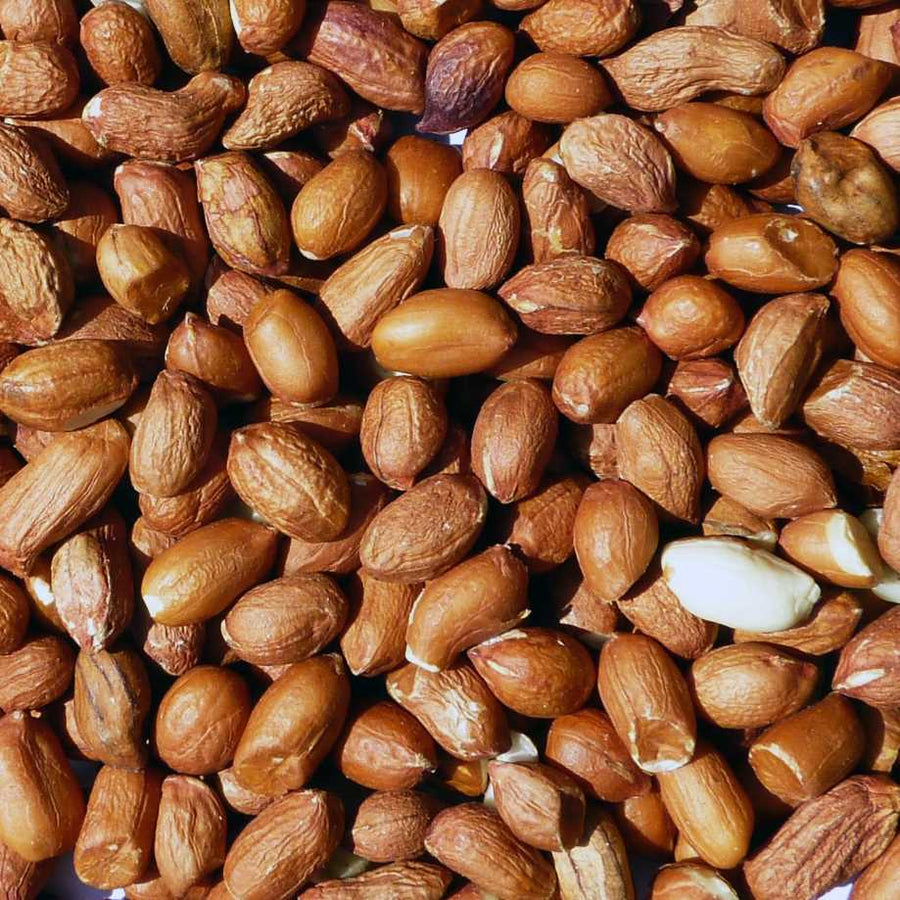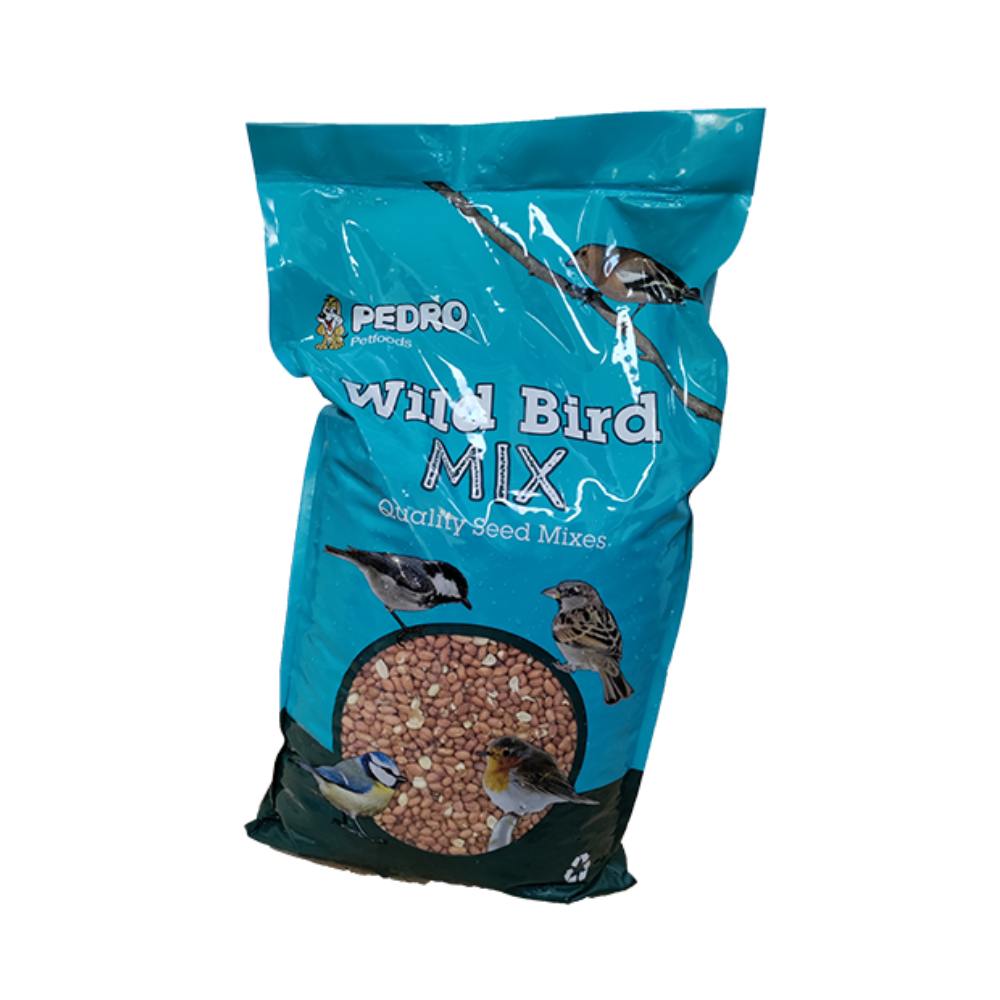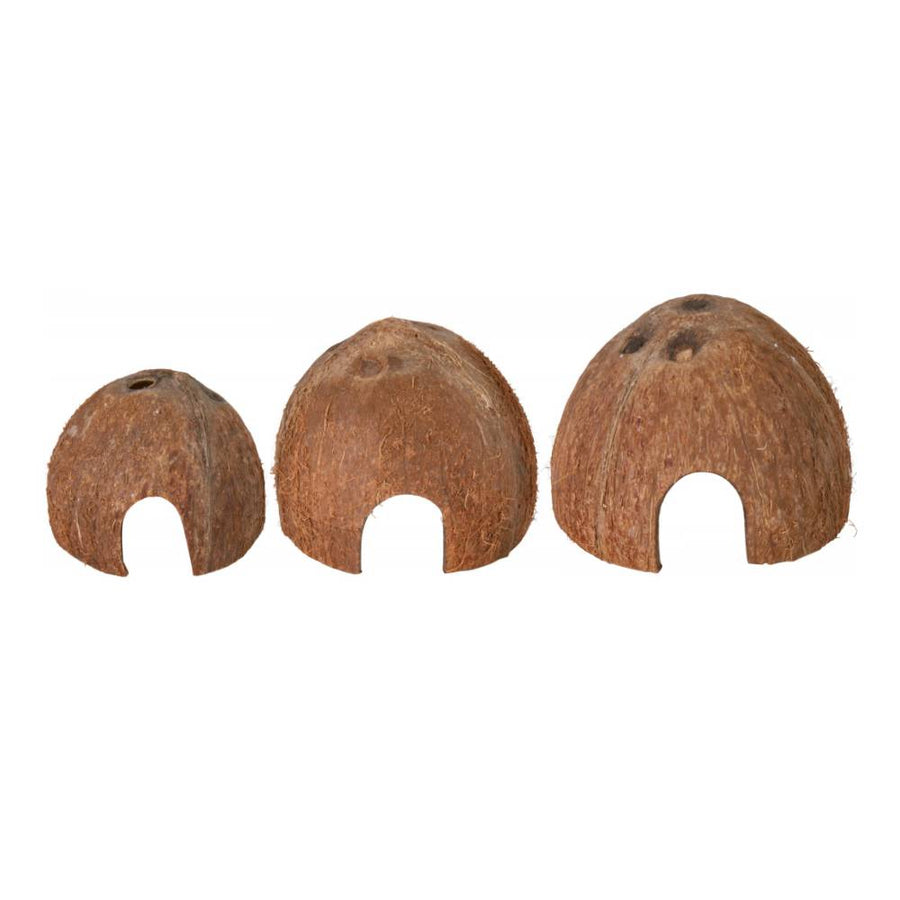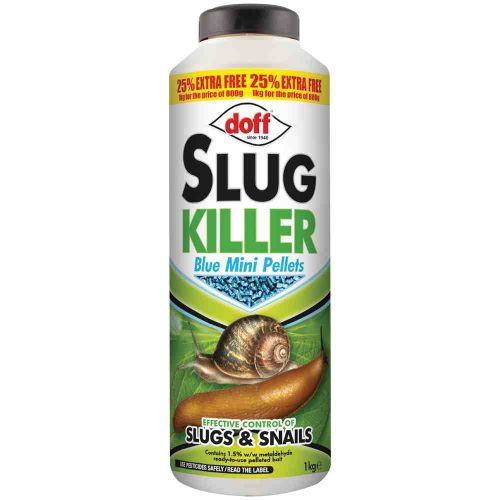Fish Health
Why do fish become ill?
If you feed you fish too much, keep too many in the tank, wash the filter in tap water or don’t make regular partial water changes the water conditions can deteriorate rapidly. In polluted water the immune system of the goldfish doesn’t function properly and the fish may quickly succumb to disease. Most goldfish diseases are easily treated, but before adding any treatment to the tank, you must find out why the fish have become ill.
At between £5-9, you might see test kits as an expensive luxury item, particularly since you’re going to need a separate kit for ammonia, nitrite, nitrate and pH, or a master kit for that includes all four.However, these are going to help you to keep your fish healthy, thus saving you money on disease treatment, or even replacement fish. Goldfish like a pH between 7.0 and 8.0, ammonia and nitrite levels of 0ppm, and a low nitrate level. They’re more likely to suffer from disease if the water isn’t within these parameters.
How to treat ill fish
When it comes to treating the disease, there are bewildering arrays of medications available. You might need the help of your retailer when it comes to choosing the right one. You will need to know the exact dimensions of the tank in order to work out the amount of treatment required and the size of the bottle you require.
To work out the volume of your tank, take the length, width and depth in feet, multiply them together and multiply the result by 6.25, to give you the volume in imperial gallon.
If you require the volume in litres, simply multiply the gallon age by 4.54.
You will also need to remove any activated carbon from your filter; otherwise it will remove the treatment.
What is White Spot
White spot is a spread of tiny white spots about the size of a grain of salt. The microscopic white spot parasite lives under the skin and the immune system of the fish responds by coating them with a little cyst which is the white spot you can see. Infected fish often get quite itchy and might scratch of flick against the décor..
If you water test reveal polluted water, make a large water change to help dilute the toxins and make it easier for the fish to recover. Then obtain some anti-parasite treatment aimed at white spot and other “protozoans”. Follow the instructions carefully and make sure the water stays free of pollution. After the full course of treatment the formally spotty fish should be back to its former glory.
Rotting Fins
If you fish have had their fins nipped or torn and the water conditions are causing them stress, they might succumb to fin rot. The torn area of the fin usually gets a white or pink edged. Again, test the water first, otherwise the treatment might not work as successfully.
Fin rot is caused by bacteria. If you don’t manage to treat the rotting fins in time, the bacteria may spread to the fish’s bloodstream and the fish will become ill and may even die.
DISEASE, PARASITE etc.
If you maintain good water quality, keep the right kind of fish together, feed good quality food and monitor all your water properties you will rarely have any problems.
A few things to observe:
1. Are the fish active?
2. Are they eating?
3. Are there any scars, spots or open wounds?
4. Are the gills nice and pink?
5. Are the fins wide open, not clamped close to the body?
BACTERIA/ FUNGUS
| VISUAL |
SYMPTOMS
|
| Anchor Worms
|
Tiny, threadlike worms hang from body of fish. Black Spot Disease Small, black specks on skin. |
| Fish Lice
|
Flat, disk-shapes slowly moving on skin and fins |
| Flukes
|
Small red spots on skin and/or fins; Fish scrape on objects in tank; Gills hang partially open and pump fast |
| Grey/White Slime
|
Appearance of Grey/white film on all or part of body |
| Hole-In-The-Head Disease
|
Pin-sized holes or wounds in the head region |
| Ick (white spot)
|
White, sugar-like crystals on fins and/or body of fish |
| Internal Parasites
|
Fish are thin and listless; Loss of appetite; Pale, stringy faeces |
| Neon Tetra Disease
|
Colour fades from blue line which may turn yellow Shimmy Fish rock, shake and tremble while staying in one place Velvet Skin or fins of fish appear dusty, with very fine spots in yellow or grey patches |
PARASITES
| VISUAL |
SYMPTOMS
|
| Anchor Worms
|
Tiny, threadlike worms hang from body of fish. Black Spot Disease Small, black specks on skin.
|
| Fish Lice
|
Flat, disk-shapes slowly moving on skin and fins
|
| Flukes
|
Small red spots on skin and/or fins; Fish scrape on objects in tank; Gills hang partially open and pump fast
|
| Grey/White Slime
|
Appearance of Grey/white film on all or part of body
|
| Hole-In-The-Head Disease
|
Pin-sized holes or wounds in the head region |
| Ick (white spot)
|
White, sugar-like crystals on fins and/or body of fish
|
| Internal Parasites
|
Fish are thin and listless; Loss of appetite; Pale, stringy faeces
|
| Neon Tetra Disease | Colour fades from blue line which may turn yellow Shimmy Fish rock, shake and tremble while staying in one place Velvet Skin or fins of fish appear dusty, with very fine spots in yellow or grey patches
|
Coldwater fish
Coldwater Fish are the easiest of all fish to keep. So, here are a few basic steps to help you keep your new fish happy
So, here are a few basic steps to help you keep your new fish happy in its new home
• Try and make the journey as gentle as possible for the fish and keep it out of direct sunlight.
• Rinse the gravel thoroughly under the tap until the water runs clear.
• Fill your new bowl with water.
• In the small bowl, add two drops of stress coat, in the big bowl add three. This conditions the water making it safe for your fish.
• Add two oxygen tablets to the bowl, these provide enough air in the water for the fish to breathe. Add one tablet every other day to ensure the oxygen supply is always plentiful for your fish.
• Float the bag containing the fish in the bowl for five minutes; this will acclimatise the fish to the water temperature.
• Carefully open the bag and allow some of the water from the bowl mix with the water in the bag, after two /three minutes release the fish and water into the bowl.
• It is best not to feed the fish until the following day, fish won’t eat when stressed and it’s possible the ordeal of the journey to their new home was stressful on them.
Water Changes
Now that your aquarium is decorated and your equipment is in place, you’re ready to add the water
WATER CHANGES
•Change the water at least twice a week.
•Fill a plastic container and leave it in the same room as your bowl some time before to acclimatise the temperature to that of the bowl. This ensures that the water temperatures are the same.
•Add the stress coat and oxygen tablets as before.
•Net your fish into the new water.
•Empty the bowl, cleaning gravel and ornaments thoroughly.
Pour water and fish into your clean bowl
| PROBLEMS | CAUSE | SOLUTION | ||
| Cloudy water | High ammonia | Change water | ||
| Water smells | High ammonia | Change water | ||
| Fish at water surface | High ammonia | Change water |
Fish have a mucus coating on the body, which protects them from bacteria and fungus ever present in the water. When stressed this coating comes away from the body which leaves the fish prone to infection.
Tropical Fish
An introduction to Tropical Fish Keeping.
Must be kept in water heated to 250C – 280C (770F-820F). A large variety of beautiful, tropical fish is available which makes them an excellent choice for your first aquarium. Many species, such as Guppies, Swordtails and Angelfish live together well, these are known as community fish.
Aquarium fish need the following:
• Clean, healthy, well circulated and aerated water of the right temperature.
• Sufficient swimming space
• The right tank companions
• A balanced and varied diet
Required Aquarium Equipment
1. A filter
2. A heater
3. A light
4. Water conditioner
5. Living Bacteria


